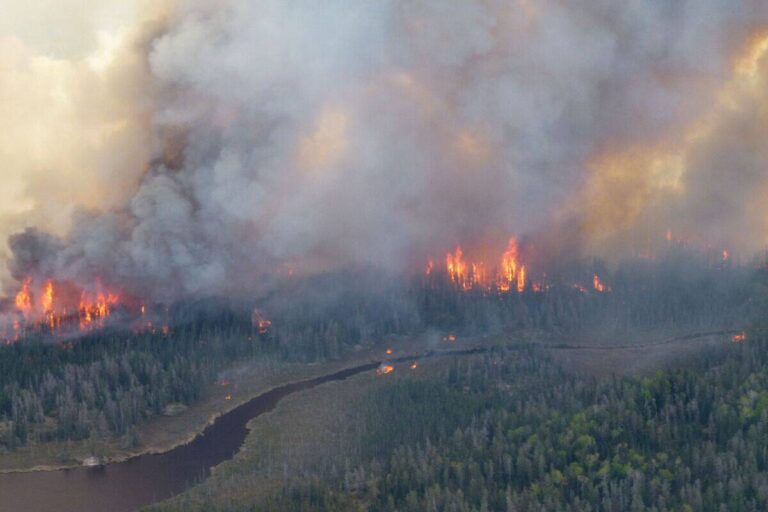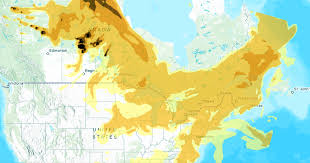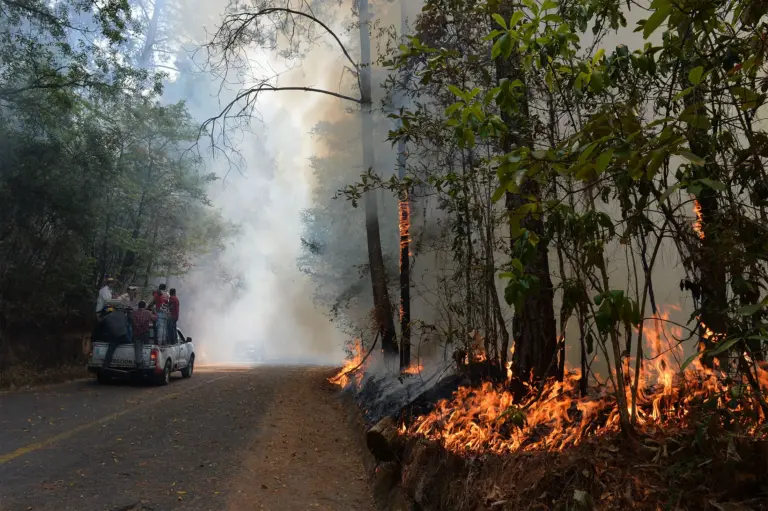
Introduction
Wolves are often regarded as one of the most intriguing and misunderstood animals in North America. Their presence in various ecosystems serves a crucial purpose, influencing the balance between species and helping to maintain biodiversity. As apex predators, wolves play an integral role in shaping the environment, and their decline or eradication can have significant repercussions on the health of ecosystems. Understanding the importance of wolves not only helps in wildlife conservation efforts but also highlights the need for coexistence between humans and these majestic creatures.
The Ecological Significance of Wolves
Wolves primarily function as apex predators, which means they are at the top of the food chain and have few natural enemies. Their hunting activities impact the population dynamics of other species, particularly herbivores like deer and elk. Studies have shown that when wolf populations decrease, herbivore populations can explode, leading to overgrazing and the degradation of vegetation. This, in turn, affects other wildlife that rely on those plants for food and habitat.
For instance, in Yellowstone National Park, the reintroduction of wolves in 1995 led to a dramatic change in the ecosystem. Wolves reduced the elk population, which allowed willow and aspen trees to regenerate. This resurgence of plant life provided habitat for various species, including birds and beavers, illustrating the complex interdependence within ecosystems.
Challenges Facing Wolves
Despite their ecological significance, wolves face numerous threats. Habitat loss due to urban development, agricultural expansion, and climate change poses ongoing challenges. Additionally, negative perceptions and fear of wolves often result in conflict with livestock owners and rural communities. In recent years, several U.S. states have sought to deregulate wolf hunting, which raises concerns about the sustainability of local wolf populations.
Conservation efforts are critical for maintaining healthy wolf populations. Organizations across North America are working towards habitat protection, education campaigns to shift public perception, and strategies that promote coexistence with agriculture. These strategies include compensation programs for livestock losses and community involvement in wildlife management.
Conclusion
The importance of wolves in ecosystems cannot be overstated. As key players in maintaining ecological balance, they contribute significantly to biodiversity and habitat health. Their reintroduction and protection can lead to cascading benefits not only for other wildlife but also for entire ecosystems. As conversations around wildlife management continue, it is crucial for society to recognize and support efforts that protect these essential animals. Ensuring the long-term survival of wolves will require collaboration among conservationists, policymakers, and local communities, all of whom play a part in sustaining the ecological integrity of our planet.




